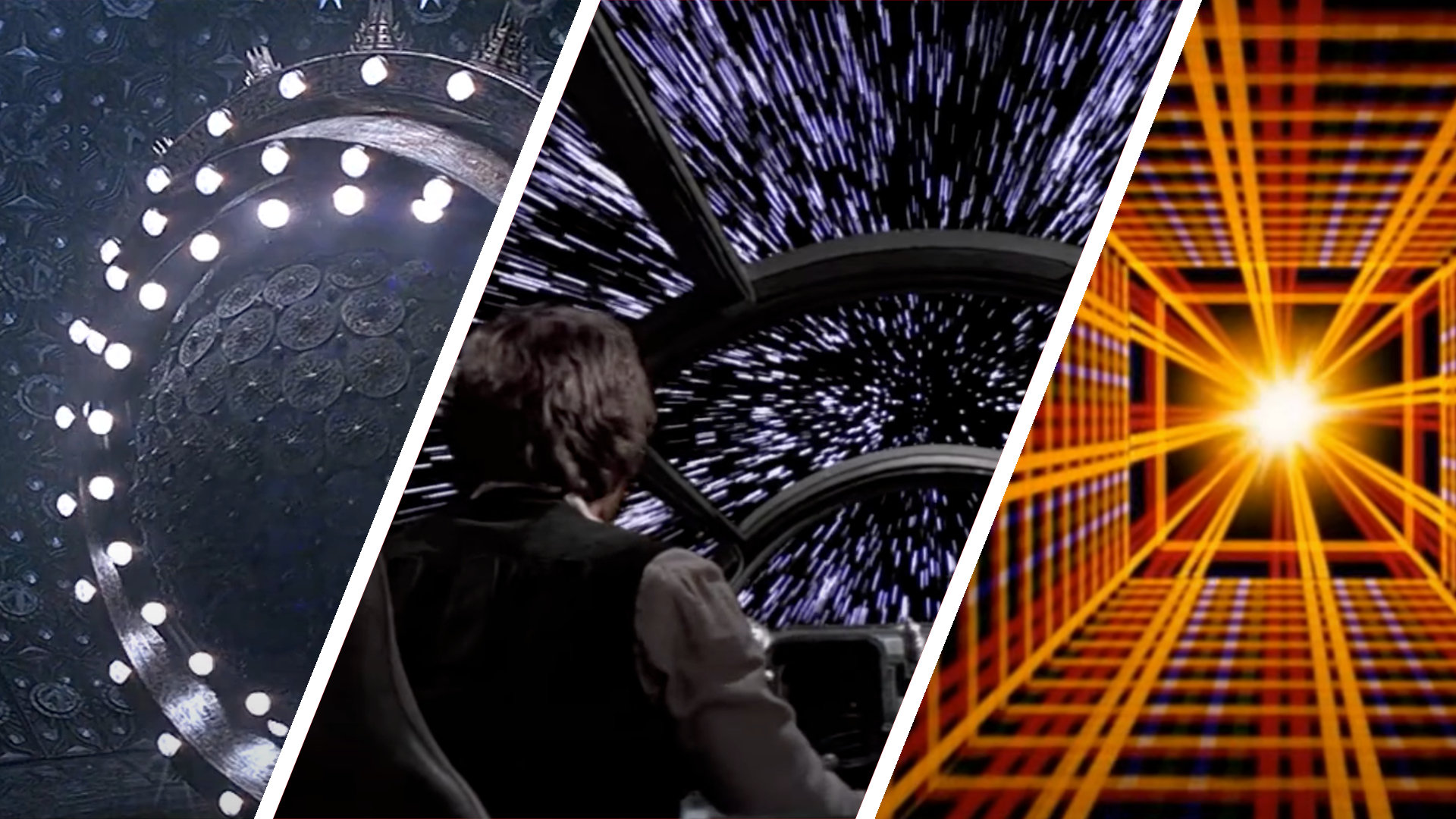Arecibo Observatory: The rise, legacy, and tragic collapse of a giant
The legacy of Arecibo's nearly 60 years of astronomy research is strong, even after its loss in a dramatic 2020 collapse.

Arecibo Observatory, located in Puerto Rico, was the world's second-largest single-dish radio telescope until its sudden collapse on Dec. 1, 2020. Despite widespread support from the astronomy community for a replacement facility, the National Science Foundation (NSF) announced in 2022 that it would not rebuild the iconic telescope.
The Arecibo telescope was both scientifically revolutionary and visually stunning, with a large platform suspended high above its massive dish, nestled in a tropical rainforest. Over its 57 years of operation, Arecibo contributed an astonishing body of research, including work that led to two Nobel Prizes.
It is perhaps most famous for transmitting the landmark 1974 SETI message aimed at globular cluster M13, in an attempt to reach extraterrestrial life.
Besides its scientific work, Arecibo also left a mark on pop culture, serving as the setting for the climactic fight in "GoldenEye," a 1995 James Bond film starring Pierce Brosnan. It also featured in "Contact," a 1997 film based on a novel by Carl Sagan.
History of challenges
In February 2018, the NSF — Arecibo's primary funding source since the 1970s — announced it would reduce its annual contribution from $8 million to $2 million over five years. In April 2018, the University of Central Florida in Orlando assumed management, but the facility faced escalating challenges, including damage from Hurricane Maria in 2017 and critical cable failures in 2020.
Ultimately, NSF deemed the structure beyond repair, leading to its decommissioning just weeks before its collapse on Dec. 1, 2020.
Read more: Possible cause of Arecibo Observatory telescope collapse
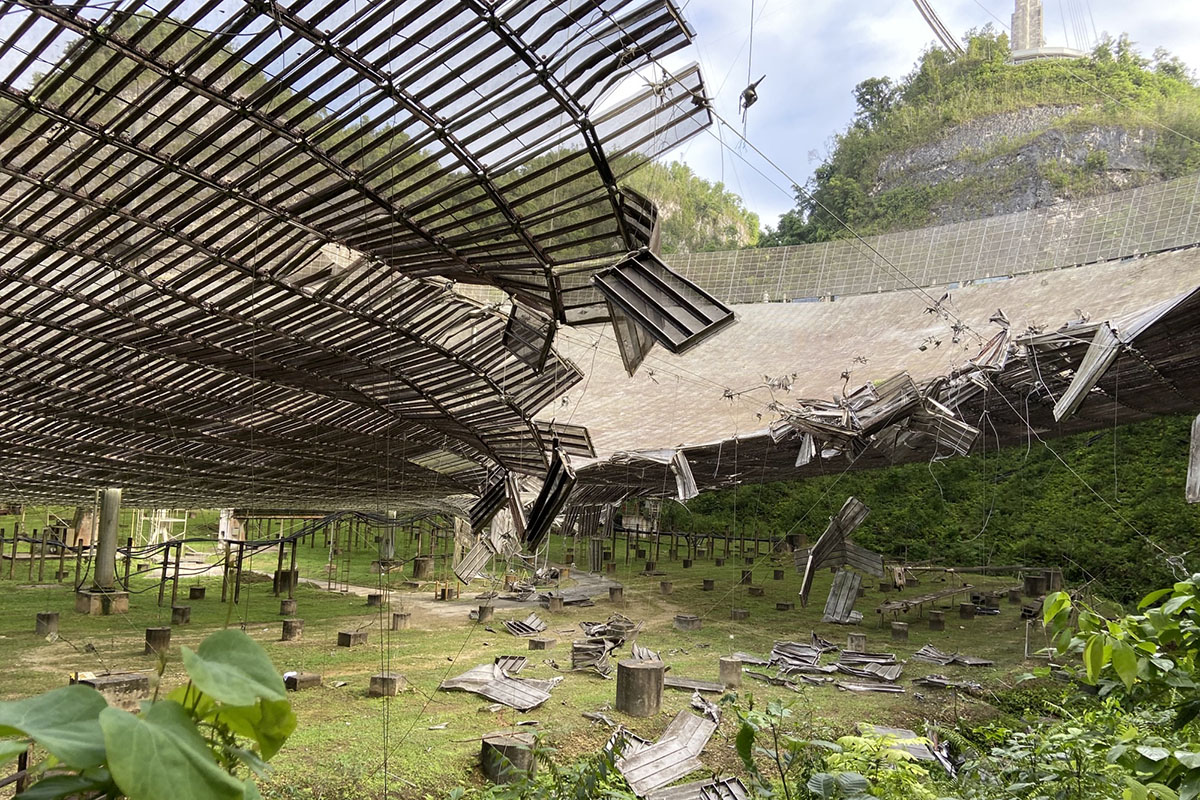
From military observatory to civilian astronomy
The first function of Arecibo was supposed to be studying the ionosphere, a region of the upper atmosphere that is important to understand to properly transmit radio signals, according to an NSF fact sheet. The Advanced Research Projects Agency (today's DARPA) was interested in this region to advance ballistic missile defense projects, which meant the observatory attracted military funding from the Office of Naval Research and the U.S. Air Force (as Space Force had not been created back then.)
The Air Force-managed telescope was dedicated in 1963 and hailed as the world's largest radio telescope, but in a few short years it was already facing funding issues as ARPA's research budget diminished. The NSF agreed to become Arecibo's caretaker in 1967 and the research transferred to the civilian sector and astronomy.
NASA came on board in 1971 through a cost-sharing agreement with NSF, allowing for the dish reflector to be resurfaced and for more radar equipment to be added. The partners brought in a new dome and a second line for ionospheric radar in 1997. In these decades, NSF wrote, "Arecibo became a powerful tool for scientific research focused on ionospheric physics, radar and radio astronomy, and aeronomy."
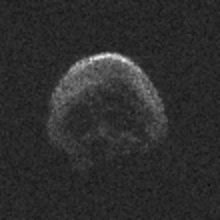
When the telescope concluded its work, Arecibo was part of the National Astronomy and Ionosphere Center. The National Science Foundation had a cooperative agreement with the three entities that operated Arecibo: SRI International, the Universities Space Research Association and Puerto Rico's Metropolitan University (UMET).
The reflective dish was 1,000 feet (305 meters) in diameter, 167 feet (51 m) deep, and covers an area of about 20 acres (81,000 square meters). A triangular platform was suspended 450 feet (137 m) above the dish by three concrete towers. The platform held the azimuth arm, a dome containing two subreflectors, and a set of antennae that could be tuned to a narrow band of frequencies.
Arecibo was the largest radio telescope until July 2016, when China finished the Five-hundred-meter Aperture Spherical Telescope's (FAST) giant dish. That dish — the size of 30 football fields — is 1,650 feet (503 m) wide.
Scientific contributions across decades
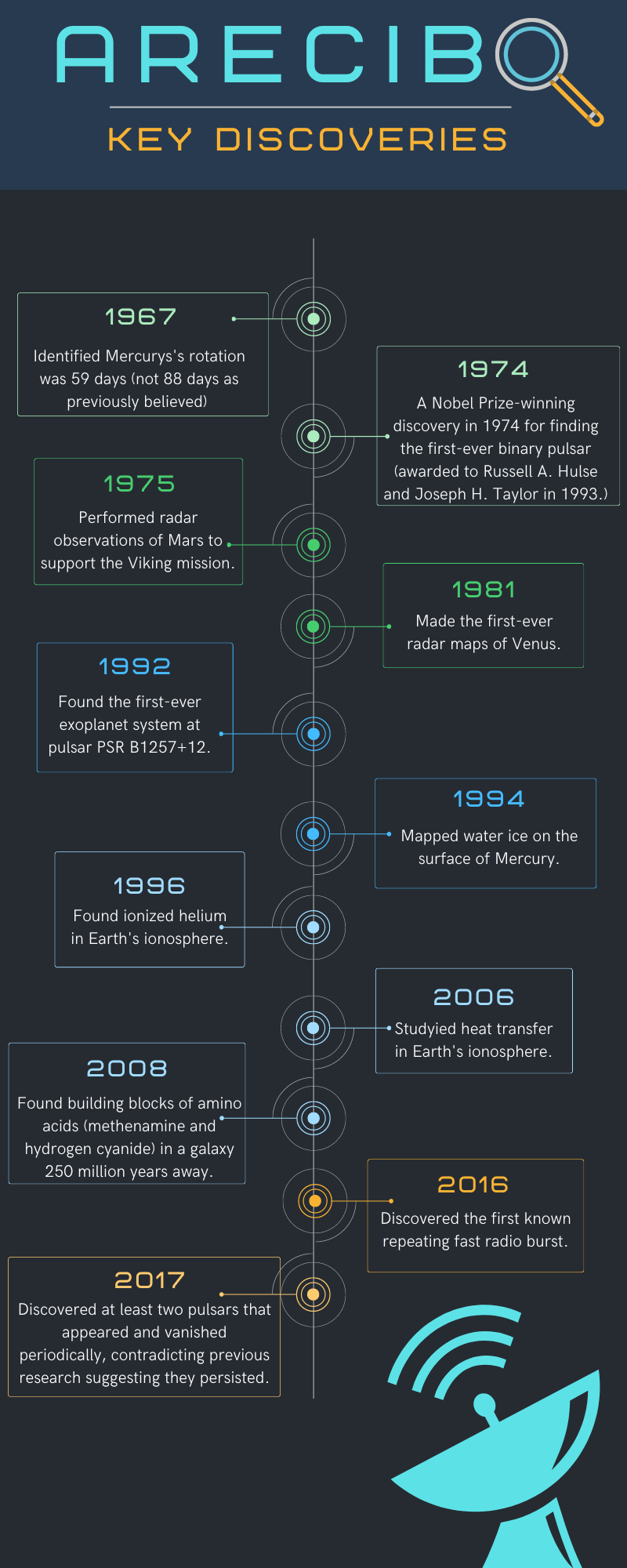
Arecibo’s legacy spans diverse fields: planetary science, astronomy, and atmospheric studies. Its radar system made pivotal discoveries, including:
1967: Determining Mercury's rotation period as 59 days (not 88 as previously thought).
1974: Detection of the first binary pulsar, leading to the 1993 Nobel Prize in Physics.
1992: Identification of the first known exoplanet system.
2016: Discovery of the first repeating fast radio burst.
Arecibo also supported asteroid monitoring, radar mapping of planets like Venus, and analysis of Earth’s ionosphere.
The 1974 Arecibo message
Arecibo broadcast its most famous message in 1974, a pictorial radio signal aimed at M13, approximately 21,000 light-years away.
According to SETI, the broadcast is roughly the same as a 20-trillion-watt omnidirectional broadcast. In simple terms, the broadcast would be visible by just about any receiver in the galaxy that is about the same size as the antenna at Arecibo.
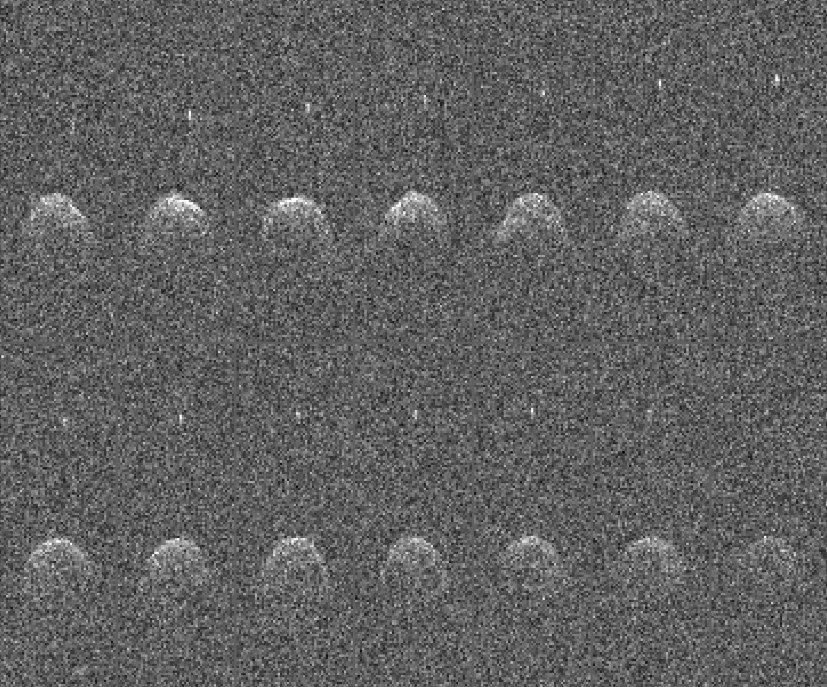
"We translated the radio-frequency message into a warbling audio tone that was broadcast over speakers at the ceremony. When [the tone] started, much of the audience spontaneously got up and walked out of the tent and gazed up at the telescope," recalled past Arecibo director Harold Craft in a 1999 Cornell University press release marking the 25th anniversary.
In the decades following, SETI has trumpeted the message as a significant step to helping understand the challenges of communicating with aliens. "Although it's unlikely that this short inquiry will ever prompt a reply, the experiment was useful in getting us to think a bit about the difficulties of communicating across space, time, and a presumably wide culture gap," SETI wrote on its website.
Tracking asteroids, exoplanets
Arecibo was frequently used for finding asteroids that swung close to Earth. The observatory focused on those that could pose a danger to the planet, making an effort to accurately measure their sizes and gauge the potential impact they could have. (To be sure, there are no immediate threats, but scientists keep searching just in case.)
In 2013, for example, the observatory watched the arrival of asteroid 2012 DA14, which passed within 17,200 miles (27,000 kilometers) of Earth. It was a close flyby, but NASA emphasized the asteroid passed by at a safe distance.
Besides asteroid research, Arecibo was also the site of the Planetary Habitability Laboratory at the University of Puerto Rico at Arecibo. The group has a habitable planets catalog that tracks the number of alien worlds in other solar systems that could be in the Goldilocks zone, or area that is not too hot or cold for life, of their respective stars.

Decommission and collapse
On Aug. 10, 2020, one of the massive cables supporting the Arecibo Observatory radio telescope's science platform failed, leaving a 100-foot gash in the radio dish below. Although at the time scientists were optimistic about potential repairs, on Nov. 6, 2020, another cable snapped, leaving the towers and platform too unstable to repair.
That was when, on Nov. 19, 2020, the NSF declared the observatory a loss. Researchers mourned the end of the iconic structure, especially Puerto Rican astronomers. One Puerto Rican scientist, Emily Alicea-Muñoz, said that it was a point of pride for the island. "We may be a tiny little island in the middle of the Caribbean," she said, "but we can do big science."
Experts like Raquel Velho say the loss of the observatory was inevitable given the recent lack of funding for scientific infrastructure. A new inquiry was launched into the matter in February 2022 to determine what other factors, if any, created the sudden fall. While scientists remained hopeful that a new observatory would be constructed, the NSF announced in October 2022 that the funding was not available to make that happen, although they do plan to put an educational institution on the famed site.
"We were worried that it could be even worse than this, that they might say, 'OK, just close down everything,'" Abel Méndez, an astronomer at the University of Puerto Rico at Arecibo who used the telescope in his research and teaching, told Space.com when the news was announced. "But my particular hopes were higher."
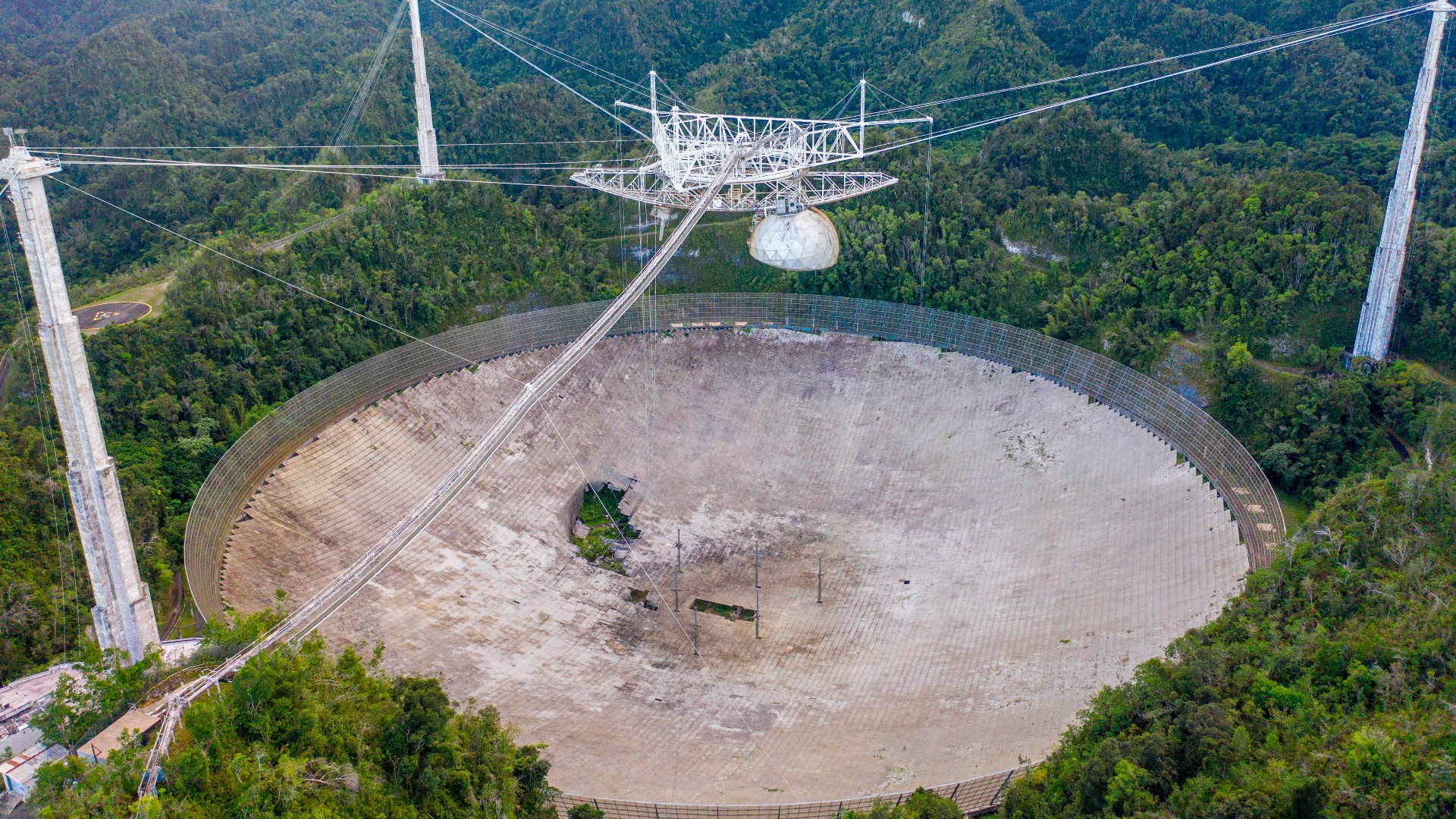
Arecibo legacy
While Arecibo itself is no longer operational, its data always will be accessible through an archive and will allow scientists to make discoveries indefinitely. The telescope collected 57 years of data on pulsars, asteroids, galaxies, planets and many more interesting objects around the solar system and universe at large.
The impact of the Arecibo's loss was felt around the globe. And not just by researchers, since the observatory became "potently symbolic, almost sacred" to those touched by the facility, according to science writer Nadia Drake. Drake's family had been involved with Arecibo research for decades, particularly through her father Frank's work with Project Ozma.
In a 2021 presentation at the 52nd Lunar and Planetary Science Conference (LPSC), presenters wrote that Arecibo left an "indelible mark on planetary science, radio astronomy, and space and atmospheric sciences," and they expressed the sorrow surrounding its collapse in a wistful haiku: "Six decades' service / Arecibo's telescope / Lost, not forgotten."
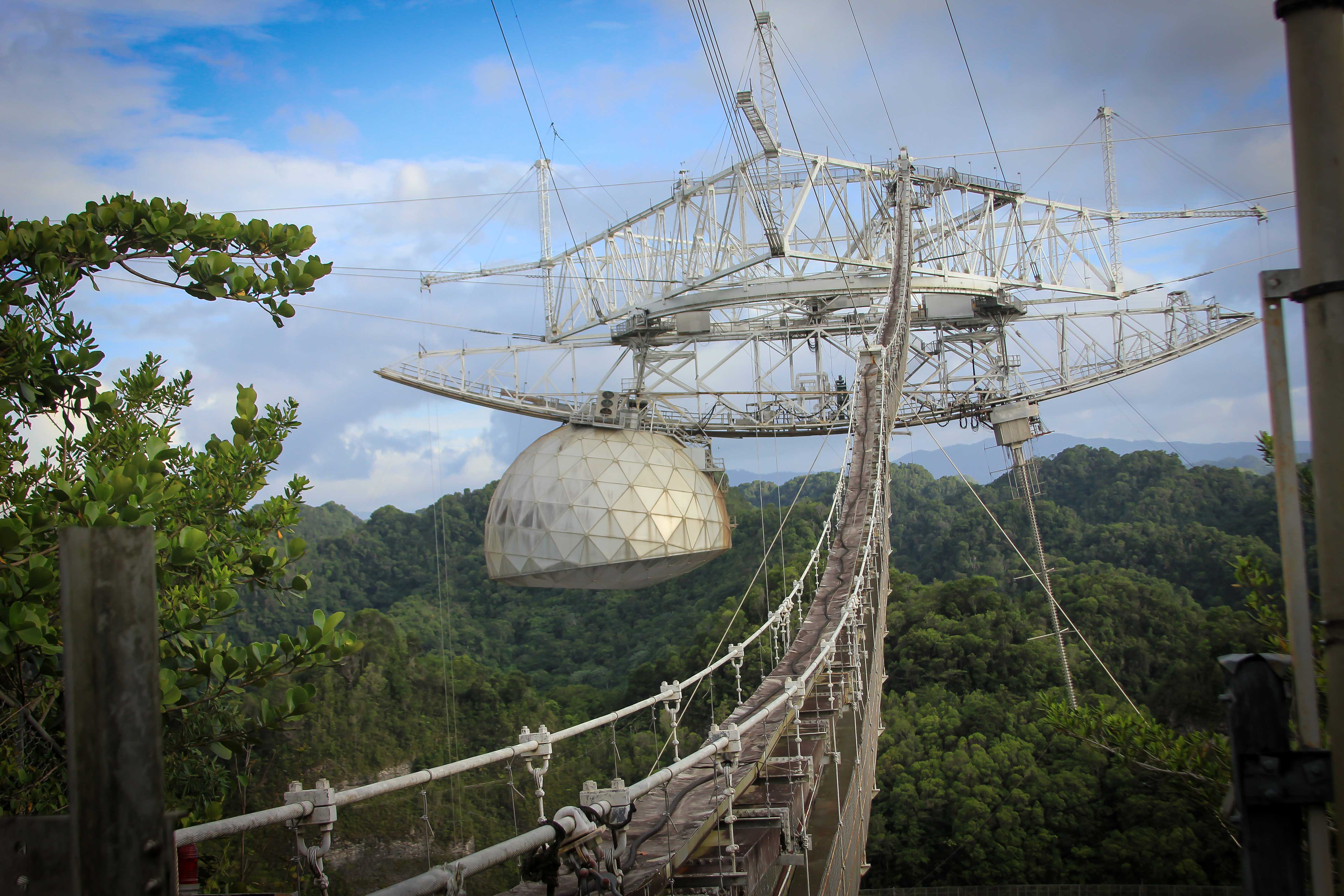
Additional resources
Watch an in-depth engineering video explaining why the Arecibo Telescope collapsed. Witness Arecibo's decades of work with oral histories, written accounts and newspaper articles in this Cornell University guide.
References
Arecibo Observatory. (n.d.) https://www.naic.edu/ao/landing
Cornell Chronicle. (1999, Nov. 12.) "It's the 25th anniversary of Earth's first attempt to phone E.T." https://news.cornell.edu/stories/1999/11/25th-anniversary-first-attempt-phone-et-0
Drake, Nadia. (2021, Jan. 11.) "Why the loss of an iconic radio telescope is painfully personal." National Geographic. https://www.nationalgeographic.com/science/article/why-the-loss-of-an-iconic-radio-telescope-is-painfully-personal
Gonzalez Kotala, Zenaida. (2018, Aug. 14.) "Arecibo Observatory to Get $5.8 Million Upgrade to Expand View." University of Central Florida. https://www.ucf.edu/news/arecibo-observatory-get-5-8-million-upgrade-expand-view/
National Science Foundation. (n.d.) "Arecibo: Facts and Figures." https://www.nsf.gov/news/special_reports/arecibo/Arecibo_Fact_Sheet_11_20.pdf
National Science Foundation. (2022). "Arecibo Observatory: Media Resources." https://www.nsf.gov/news/special_reports/arecibo/
SETI Institute. (2022.) "Arecibo Message." https://www.seti.org/seti-institute/project/details/arecibo-message
SETI Institute. (2022.) "Project Ozma." https://www.seti.org/project-ozma
Taylor, P.A. and Rivera-Valentin, E.G. "The Legacy of Arecibo Observatory in Planetary Science and Beyond." 52nd Lunar and Planetary Science Conference 2021 (LPI Contrib. No. 2548). https://www.hou.usra.edu/meetings/lpsc2021/pdf/2179.pdf
Join our Space Forums to keep talking space on the latest missions, night sky and more! And if you have a news tip, correction or comment, let us know at: community@space.com.
Get the Space.com Newsletter
Breaking space news, the latest updates on rocket launches, skywatching events and more!
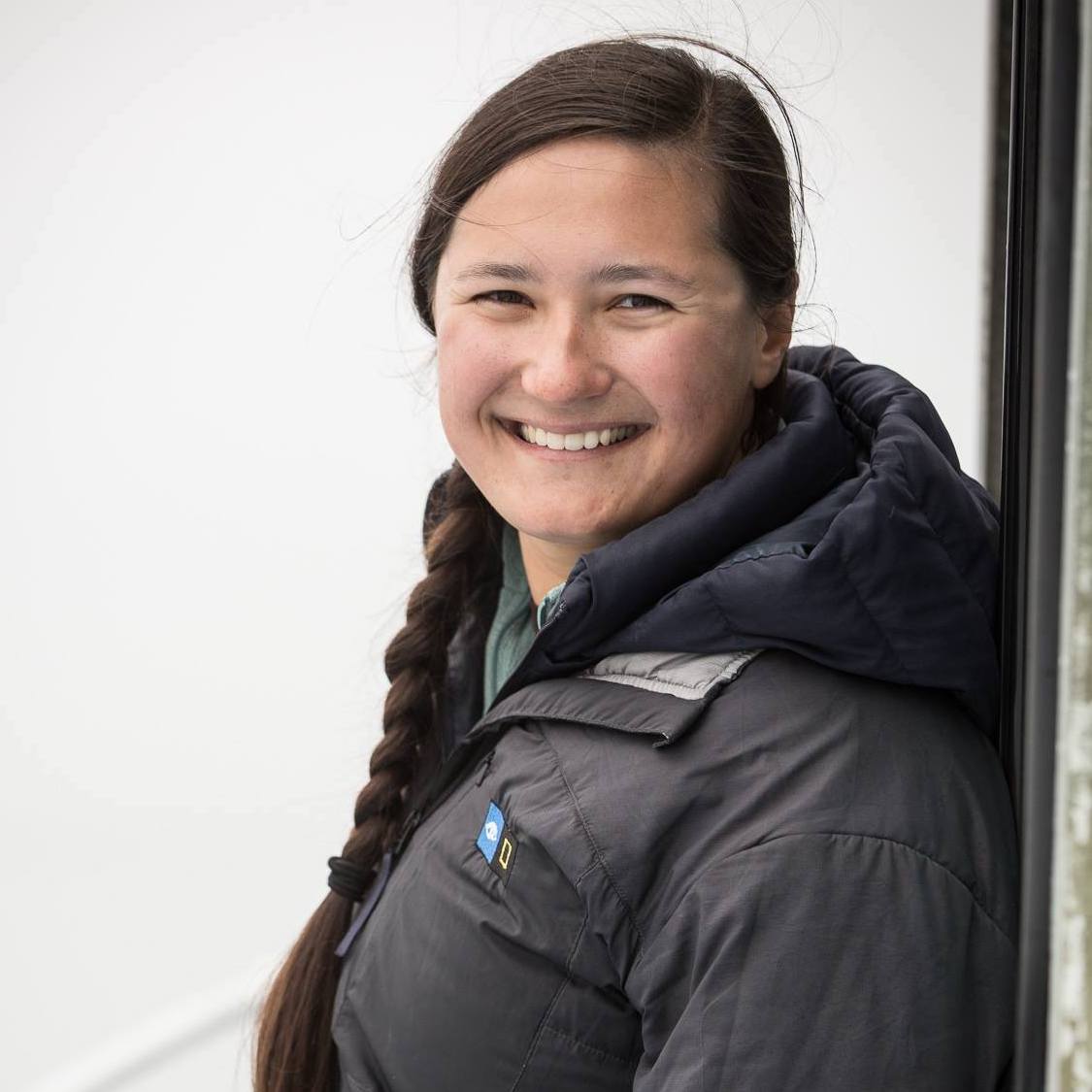
Vicky Stein is a science writer based in California. She has a bachelor's degree in ecology and evolutionary biology from Dartmouth College and a graduate certificate in science writing from the University of California, Santa Cruz (2018). Afterwards, she worked as a news assistant for PBS NewsHour, and now works as a freelancer covering anything from asteroids to zebras. Follow her most recent work (and most recent pictures of nudibranchs) on Twitter.
- Daisy DobrijevicReference Editor







